The official Facebook page of the Nobel Prize:
The author László Krasznahorkai was born in 1954 in the small town of Gyula in southeast Hungary, near the Romanian border. A similar remote rural area is the scene of Krasznahorkai’s first novel Sátántangó, published in 1985 (Satantango, 2012), which was a literary sensation in Hungary and the author’s breakthrough work. The novel portrays, in powerfully suggestive terms, a destitute group of residents on an abandoned collective farm in the Hungarian countryside just before the fall of communism. Silence and anticipation reign, until the charismatic Irimiás and his crony Petrina, who were believed by all to be dead, suddenly appear on the scene. To the waiting residents, they seem as messengers either of hope or of the last judgement. The satanic element referred to in the title of the book is present in their slave morality and in the pretences of the trickster Irimiás which, effective as they are deceitful, leave almost all of them tied up in knots. Everyone in the novel is waiting for a miracle to happen, a hope that is from the very outset punctured by the book’s introductory Kafka motto: ‘In that case, I’ll miss the thing by waiting for it.’ The novel was made into a highly original 1994 film in collaboration with the director Béla Tarr.
The American critic Susan Sontag soon crowned Krasznahorkai contemporary literature’s ‘master of the apocalypse’, a judgement she arrived at after having read the author’s second book Az ellenállás melankóliája (1989; The Melancholy of Resistance, 1998). Here, in a feverish horror fantasy played out in a small Hungarian town nestled in a Carpathian valley, the drama has been heightened even further. From the very first page, we – together with the charmless Mrs Pflaum – find ourselves entering a dizzying state of emergency. Ominous signs abound. Crucial to the dramatic sequence of events is the arrival in the city of a ghostly circus, whose main attraction is the carcass of a giant whale. This mysterious and menacing spectacle sets extreme forces in motion, prompting the spread of both violence and vandalism. Meanwhile, the inability of the military to prevent anarchy creates the possibility of a dictatorial coup. Employing dreamlike scenes and grotesque characterisations, László Krasznahorkai masterfully portrays the brutal struggle between order and disorder. None may escape the effects of terror.
In the novel Háború és háború (1999; War & War, 2006) Krasznahorkai shifts his attention beyond the borders of his Hungarian homeland in allowing the humble archivist Korin to decide, as his life’s final act, to travel from the outskirts of Budapest to New York such that he might, for a moment, take his place at the centre of the world. Back home in the archives, he has found an exceptionally beautiful ancient epic about returning warriors that he hopes to make known to the world. Krasznahorkai’s prose has developed towards the flowing syntax with long, winding sentences devoid of full stops that has become his signature.
War & War, in its rolling picaresque, anticipates the great novel Báró Wenckheim hazatér (2016; Baron Wenckheim’s Homecoming, 2019), although on this occasion the focus is on returning to the homeland, as Krasznahorkai plays lavishly with literary tradition. Here, Dostoyevsky’s idiot is reincarnated in the hopelessly infatuated baron with his gambling addiction. Now ruined, he is on his way home to Hungary having spent many years living in exile in Argentina. He hopes to be reunited with his childhood sweetheart, whom he is unable to forget. Unhappily, in the course of his journey, he places his life in the hands of the treacherous Dante, a rascal presented as a grimy version of Sancho Panza. The climax of the novel, which is in many ways its comic highlight, is the joyful reception laid on for the baron by the local community, which the melancholic protagonist seeks at any cost to avoid.
A fifth work can be added to these ‘apocalyptic’ epics: Herscht 07769: Florian Herscht Bach- regénye (2021; Herscht 07769: A Novel, 2024). Here, we find ourselves in not a feverish nightmare in the Carpathians but rather a credible portrayal of a contemporary small town in Thüringen, Germany, which is nevertheless also afflicted by social anarchy, murder and arson. At the same time, the terror of the novel plays out against the backdrop of Johann Sebastian Bach’s powerful legacy. It is a book, written in a single breath, about violence and beauty ‘impossibly’ conjoined.
Herscht 07769 has been described as a great contemporary German novel, on account of its accuracy in portraying the country’s social unrest. In equal measure, the main protagonist Herscht is the very archetype of a credulous, big-hearted child, a holy fool in the spirit of Dostoyevsky, who reacts strongly once he realises that he, like Voluska in The Melancholy of Resistance, has placed his trust in exactly those powers that lie behind the ravages in the town. With Krasznahorkai, there is always room for the unpredictable, as is fully demonstrated in the novel’s dénouement.
László Krasznahorkai is a great epic writer in the Central European tradition that extends through Kafka to Thomas Bernhard, and is characterised by absurdism and grotesque excess. But there are more strings to his bow, and he soon looks to the East in adopting a more contemplative, finely calibrated tone. The result is a string of works inspired by the deep-seated impressions left by his journeys to China and Japan. About the search for a secret garden, his 2003 novel Északról hegy, Délről tó, Nyugatról utak, Keletről folyó (A Mountain to the North, a Lake to the South, Paths to the West, a River to the East, 2022) is a mysterious tale with powerful lyrical sections that takes place southeast of Kyoto. The work has the sense of a prelude to the rich Seiobo járt odalent (2008; Seiobo There Below, 2013), a collection of seventeen stories arranged in a Fibonacci sequence about the role of beauty and artistic creation in a world of blindness and impermanence. Alongside his quintet of epics, it represents Krasznahorkai’s major work. Particularly unforgettable is its opening scene in which a snow-white heron stands motionless in the middle of the River Kamo in Kyoto, waiting for its victim in the whirlpools below. Invisible to the masses of people passing by, the bird becomes an elusive image of the particular situation of the artist.
The common thread running through the book is the Japanese myth concerning Seiobo, who according to legend protects the garden which, every three thousand years, produces fruit that grants immortality. In the book, the myth is about the creation of a work of art and, in a string of episodes, we follow the genesis of such a work in the most diverse of times and environments. Often the act of creation occurs after a lengthy period of preparation marked by tradition and practiced craftsmanship. Works may also come about as a result of delayed or confused circumstances, as in the story of the perilous transport of an unfinished painting by the renowned Renaissance artist Pietro Vannucci from Florence to Perugia, the city of the latter’s birth. While everyone believes that Perugino, as he is commonly known, has given up painting, it is in Perugia that a miracle takes place.
The artist himself is, as so often in Seiobo There Below, absent from these stories. Instead, we are presented with figures that stand slightly to one side of the work that is soon to come into being. These might include janitors, onlookers or devoted craftsmen, who rarely or indeed never comprehend the meaning of the work in which they participate. The book is a masterful portrayal, in the course of which the reader is led through a row of ‘side doors’ to the inexplicable act of creation.
Another captivating work that showcases László Krasznahorkai’s breadth and literary register is the shorter story Aprómunka egy palotáért: bejárás mások őrületébe (Spadework for a Palace: Entering the Madness of Others, 2020) published in 2018. This extremely entertaining and rather madcap tale takes place in a Manhattan haunted by the ghosts of the great Herman Melville, who once lived there, and his fanatic admirers. It is a book about not only the curse of imitation but also the blessing of resistance. It may or may not be melancholy.
Anders Olsson
Chair of the Nobel Committee

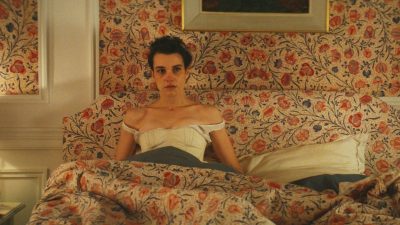
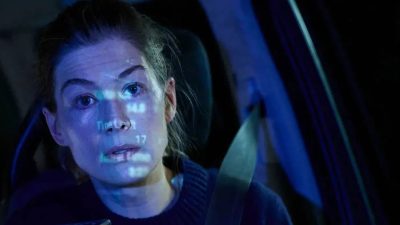

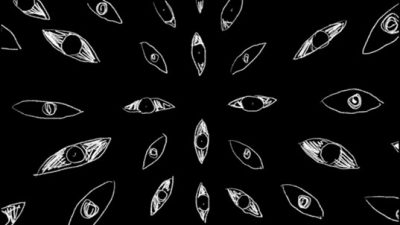
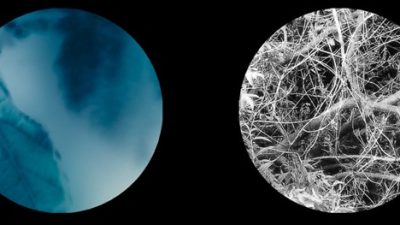

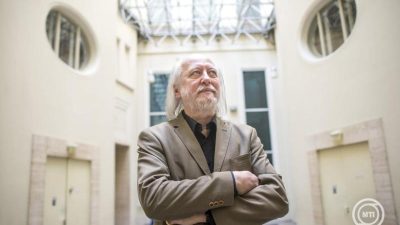

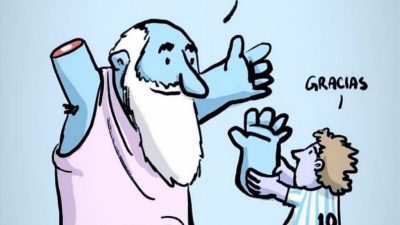

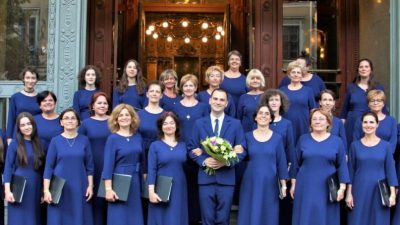

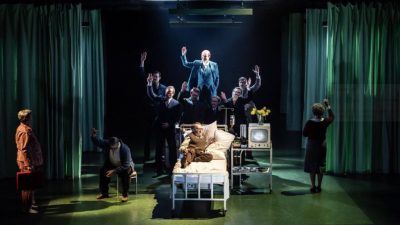
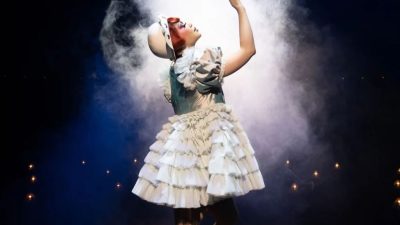
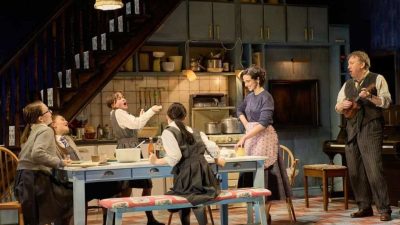



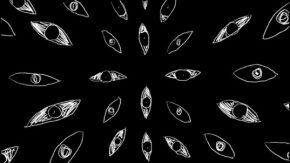





Comments